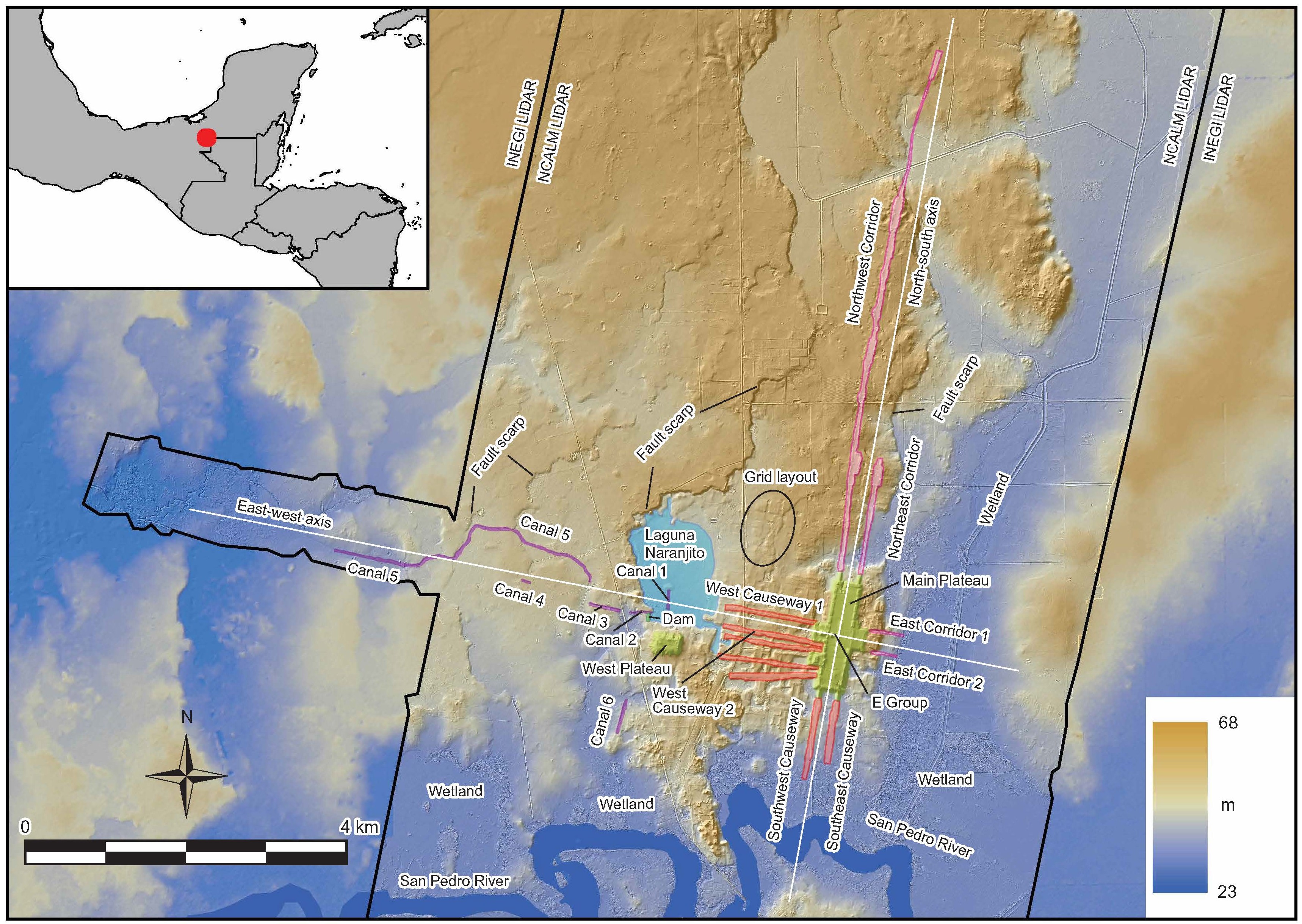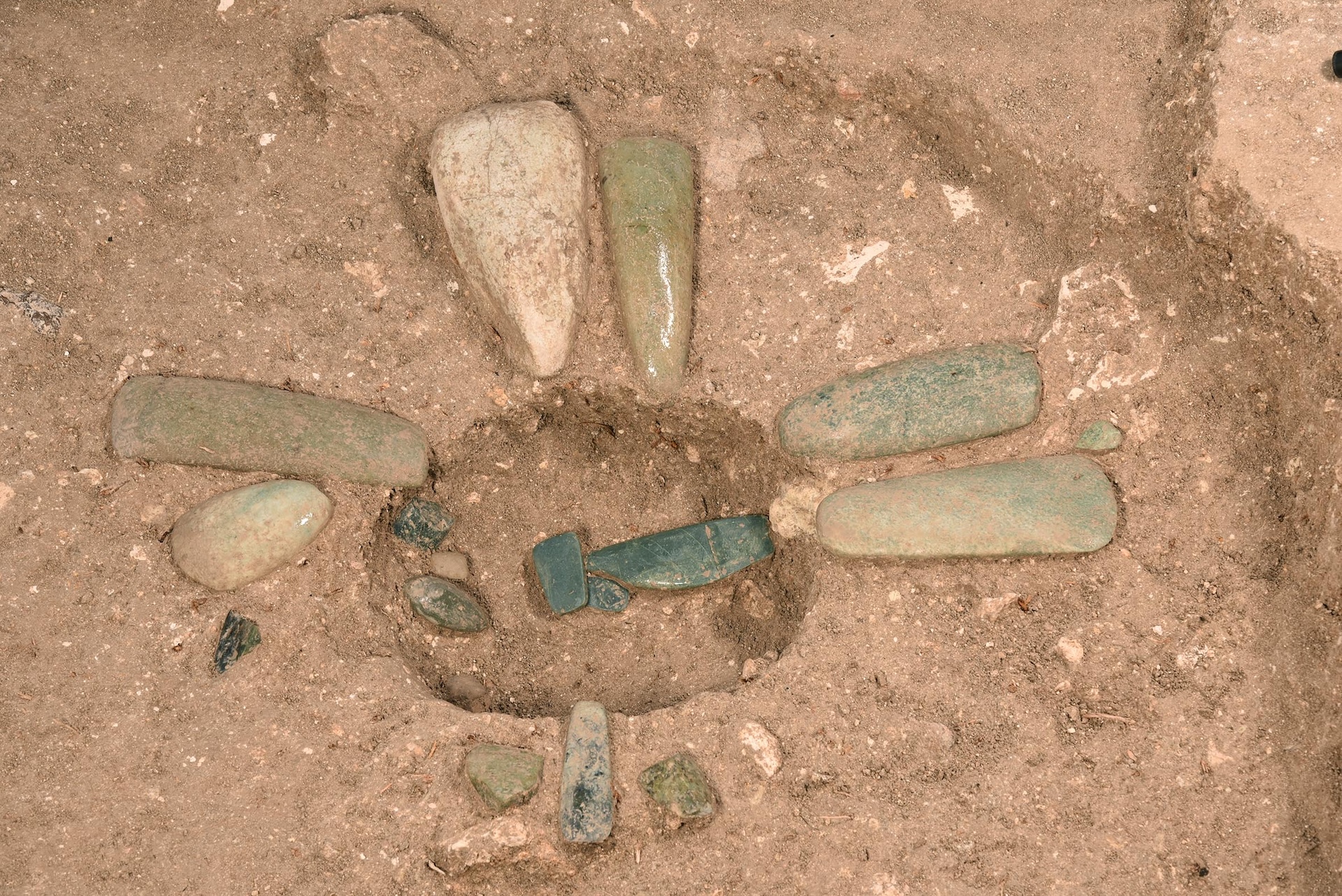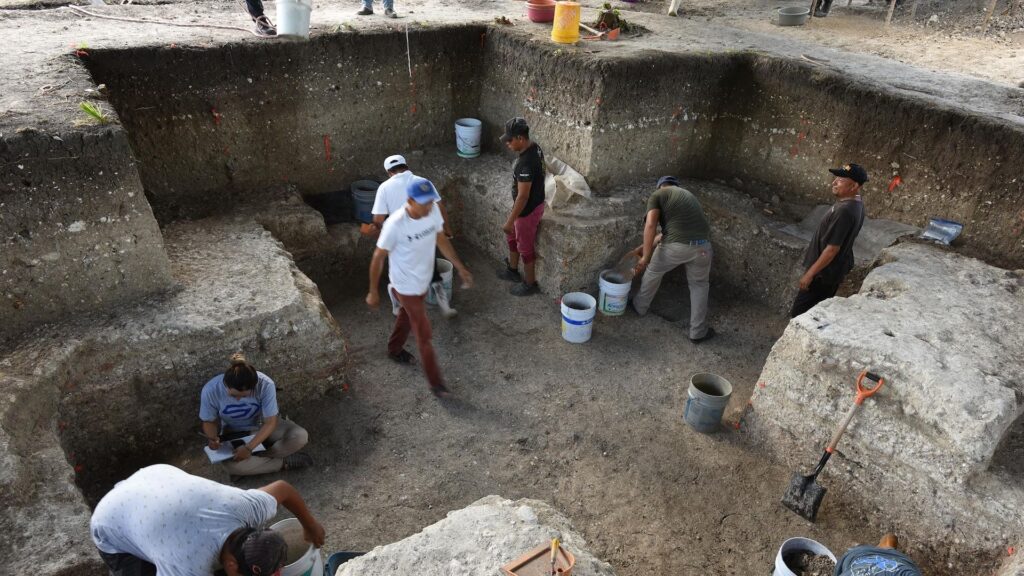Researchers say the 3,000-year-old Mayan ruins are actually giant city-sized maps depicting the “order of the universe.” A new study suggests that this ruin in what is now southeastern Mexico was a cosmogram of how ancient people there saw the universe.
The site, known as Aguada Fénix, is “the oldest and largest monumental structure in the Maya region” and larger than many ancient cities in Mesoamerica, researchers said in their study. Although its construction was a major undertaking, the researchers suggested that its cultural significance likely motivated people to help with its construction, meaning the builders were likely not forced to work.
In fact, the construction of Aguada Fenix may have been a famous collective effort for ancient peoples, much like Stonehenge was in prehistoric Britain.
you may like
“Large-scale construction events and collective rituals may also have included feasting, the exchange of goods between different groups, and opportunities to meet up with peers, perhaps giving people an additional incentive to gather together,” the authors say in a new study published in the journal Science Advances on Wednesday (5 November).
Aguada Fénix dates back to 1050 BC, before the invention of the Maya writing system, so there are no written records of the site. The site was abandoned around 700 BC, and scientists investigated it from 2020 to 2024 to learn more about it. Not only did they excavate Aguada Fénix, but they also used lidar (light detection and ranging), a technology that pulses lasers from aircraft and measures the reflected light to create images of the landscape.
Their analysis showed that the cosmology map was created using a system of structures that included canals, causeways, and dams. These structures intersect each other to create a series of crosses. The image measures 5.6 by 4.7 miles (9 by 7.5 kilometers), making it “comparable to or larger than later Mesoamerican cities,” including Tikal and Teotihuacan, the researchers said in their paper.
At the center of the structure is a series of small buildings and platforms that archaeologists refer to as the “E group.” There are several deposits there containing objects that likely had ritual significance, including crocodiles, birds, and greenstone ornaments possibly representing women giving birth. ceramic container. And pigments.

A small lake provided water for the canal, but archaeologists noted that due to the large size of the cosmology and the small size of the lake, the canal would not have been filled with water for long. It also said there were no signs of agricultural irrigation, suggesting the canal was not used to grow crops.
The cosmogram was ultimately left unfinished when the site was abandoned in 700 BC, and parts of the canal were never completed, the researchers wrote.
The researchers noted that they found no signs of social stratification in Aguada Fénix. It differs from other late Mayan sites where there is evidence of a rigid Maya social structure, such as Tikal in Guatemala and Copan in Honduras. The team estimated that more than 1,000 people would be needed to build Aguada Fénix. The authors write that the macrocosm map was probably designed by “a leading figure with specialized skills and knowledge in astronomical observations and calendrical calculations.”
you may like

make sense of
Although it is difficult to understand the full meaning of the cosmogram given the lack of written records to date, lead researcher Takeshi Inomata, a professor of archeology at the University of Arizona and an expert on the Mayan civilization, said the movement of the sun was reflected in its design.
People who used the site “probably believed that the universe was ordered along a north-south and east-west axis,” Inomata told LiveScience in an email. The east-west axis “is tied to the movement of the sun and probably the passage of time,” he said.
Additionally, the builders “aligned Aguada Fenix to a specific direction of sunrise, which is associated with a 260-day cycle, which later became the most important ritual calendar cycle for the Maya and Aztecs,” he said. “So they probably thought that the order of space and time were tied together.”

Scholars’ reaction
Academics not involved in the study had mixed reactions to the team’s findings. Michael Smith, an archeology professor at Arizona State University, told LiveScience in an email that this is a “fascinating and important site, but the authors have not proven that this site is a ‘cosmogram’,” adding that the research team needs to define what exactly counts as a cosmogram and develop a clear method to identify it.
Other scholars were more supportive of this finding. David Stewart, professor of Mesoamerican art and writing at the University of Texas at Austin, told Live Science in an email that “we believe this is an important discovery due to the very careful and thorough analysis by Takeshi and his team.”
Arlene Chase, an anthropologist and chair of the School of Comparative Cultural Studies at the University of Houston, supported the team’s findings, noting that the deposits found in Group E support their ideas. Deposits were located in the center of the settlement and tended to be arranged in a cross-shaped pattern, mimicking the layout of the site.
“This report is very exciting!” Ed Barnhart, director of the Maya Exploration Center, told Live Science in an email. “Both the cosmogram and the canal system are among the earliest ever discovered in Mesoamerica.”
James Aymers, a professor of anthropology at the State University of New York at Geneseo, said whether this could be considered a cosmogram depends on how you define it. “For me, the most important claim of this article is that all of this monument was built collectively, not under the direction of a powerful ruler,” Emmers told Live Science in an email. “This is consistent with many new interpretations that emphasize collective action rather than hierarchy in Mesoamerica.”
Ancient Maya Quiz: What do you know about the civilization that built pyramids across Mesoamerica?
Source link

